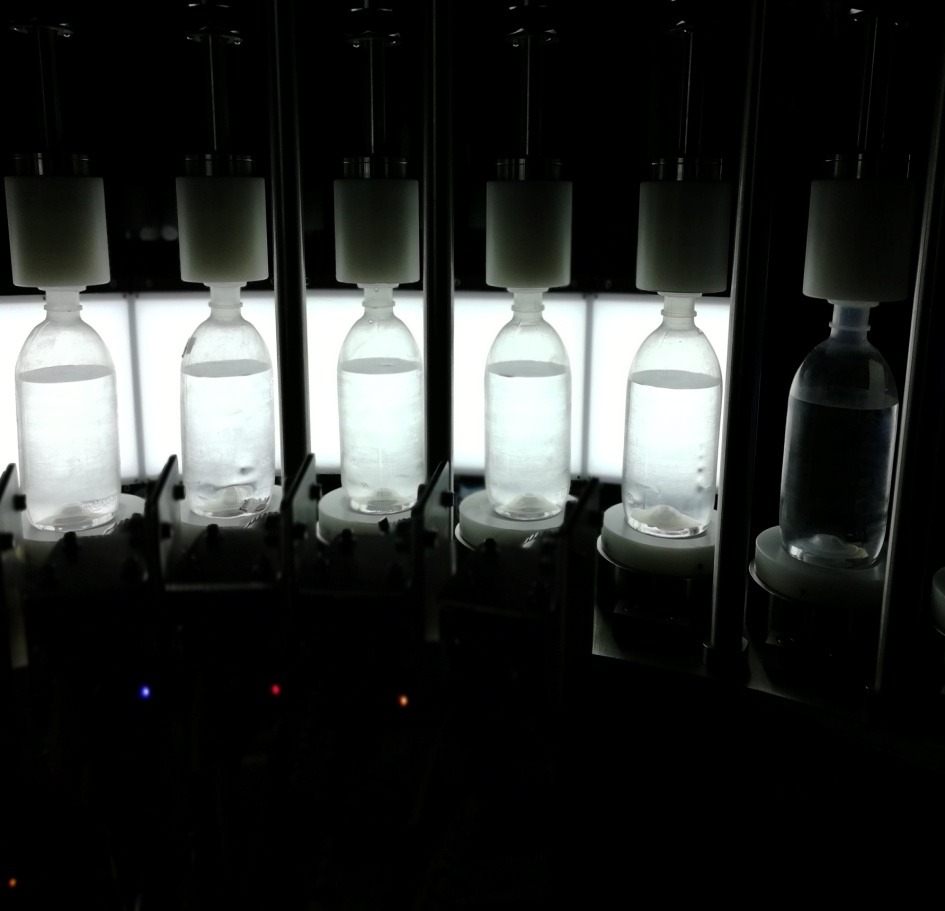Have you ever wondered what those important liquids are that go directly into your veins? Let’s explore the world of IV fluids, discovering what they are, the different types available, and what they’re made of.
Understanding IV Fluids
IV fluids, also called intravenous fluids, are special liquids that doctors deliver directly into your bloodstream through a small tube called a catheter. They’re like a fast track for getting crucial stuff, like water, electrolytes, or medicine, to your body when you need it most.
Types of IV Fluids
There are a few main types of IV fluids, each serving different purposes:
– Normal Saline: This simple mix of salt and water is similar to the fluid in your body. It’s often used to replace lost fluids or flush out toxins.
– Lactated Ringer’s Solution: This IV fluid not only has salt and water but also other vital minerals like potassium and calcium. It’s great for replenishing fluids and electrolytes lost due to issues like vomiting or diarrhea.
– Dextrose Solutions: These IV fluids have sugar (dextrose) along with water and are used to provide energy and treat low blood sugar levels.
– Colloid Solutions: These thicker fluids have proteins or other large molecules and are used in specific situations, such as treating severe dehydration or shock.
What’s Inside IV Fluids
IV fluids are carefully made to mimic the composition of the fluids in your body. They usually have a mix of water, salts (like sodium and potassium), and sometimes sugar or other additives. The exact mix can vary depending on the type of IV fluid and what it’s used for.
How IV Fluids Work
When you get an IV, the fluid goes straight into your bloodstream, quickly reaching your cells and tissues. This can be especially important when you can’t eat or drink, like during surgery or when you’re very ill.
Moving Towards a Safer Future
Although IV fluids are usually safe, there are some risks, like infections or allergic reactions. That’s why healthcare providers need to watch you closely while you’re getting an IV and use clean equipment.
Conclusion: The Lifeline of Medical Care
IV fluids might seem simple, but they’re crucial in healthcare, helping keep people hydrated, balanced, and on the road to recovery. So next time you see someone getting an IV, you’ll know just how important those little bags of liquid really are.
IV FLUID SOLUTION LINE

